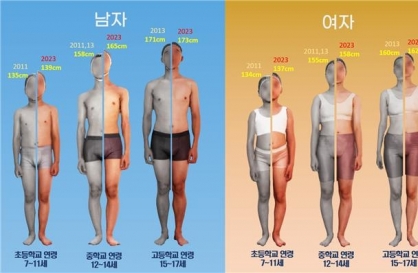
With the number of single-person households on the rise in Korea, a recent study showed that 78.8 percent of them are at some risk of "godoksa," or lonely death.
The Ministry of Health and Welfare and the state-run Korea Institute for Health and Social Affairs jointly conducted a survey on 9,471 single-person households, assessing the likelihood of lonely death based on five criteria: accumulated feelings of failure and loss, loneliness in everyday life, level of social isolation, discontinuation of welfare services, and rate of moving homes or jobs.
Various factors contribute to the five categories. For example, a person who experienced separation from a spouse or the death of a child could score high in the feelings of failure and loss category, while a person who has no one to borrow money from or anyone to talk to when depressed could score high in the social isolation category.
The study showed that 2.6 percent of the respondents were at high risk of lonely deaths, 19.8 percent at medium risk and 56.4 percent at low risk. Researchers conducted an in-depth interview on the high and medium risk groups, of which 60.9 percent were men. Of those subject to extra study, 50.7 percent had temporary jobs and 63 percent had a monthly income of 2 million ($1,500) or less.
Nearly half, 45.5 percent, of the medium and high risk group had lived alone for at least 10 years, and 91.6 percent of the men in the group and 84.3 percent of the women were not receiving state welfare services. About 18.5 percent had planned suicide in the past year, while 6.4 percent had actually tried and failed.
South Korean law defines godoksa as the death of a person isolated from family and friends and whose body is found at least 72 hours after death. The number of lonely deaths across the country has been on the rise from 2,412 in 2017 to 3,378 in 2021, with the increase being most profound among the 60 and above age group.
According to Statistics Korea, some 34.5 percent of South Korean households are composed of a single person, with the number rising from 5.6 million in 2017 to 7.5 million in 2022.
Researchers concluded by urging the need for a government system that can prevent lonely deaths by identifying those at high risk.









![[Weekender] Korean psyche untangled: Musok](http://res.heraldm.com/phpwas/restmb_idxmake.php?idx=644&simg=/content/image/2024/05/02/20240502050841_0.jpg&u=)








![[Eye Interview] 'If you live to 100, you might as well be happy,' says 88-year-old bestselling essayist](http://res.heraldm.com/phpwas/restmb_idxmake.php?idx=652&simg=/content/image/2024/05/03/20240503050674_0.jpg&u=)
